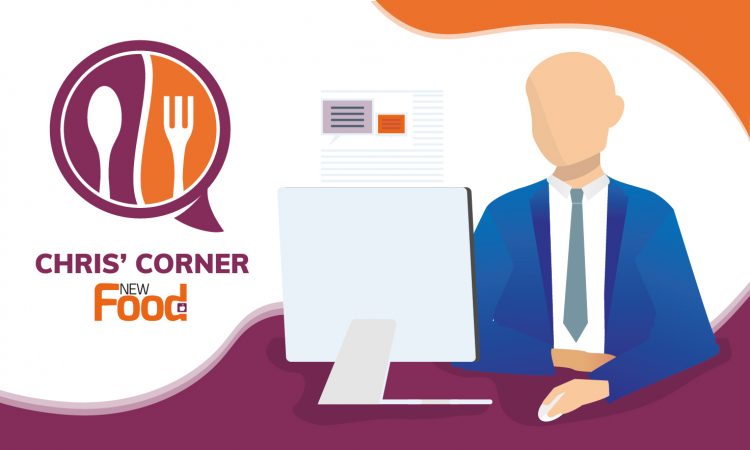Big moments for food labels on the horizon
- Like
- Digg
- Del
- Tumblr
- VKontakte
- Buffer
- Love This
- Odnoklassniki
- Meneame
- Blogger
- Amazon
- Yahoo Mail
- Gmail
- AOL
- Newsvine
- HackerNews
- Evernote
- MySpace
- Mail.ru
- Viadeo
- Line
- Comments
- Yummly
- SMS
- Viber
- Telegram
- Subscribe
- Skype
- Facebook Messenger
- Kakao
- LiveJournal
- Yammer
- Edgar
- Fintel
- Mix
- Instapaper
- Copy Link
Posted: 8 September 2021 | Chris Elliott | No comments yet
As we see a number of changes in the way in which foods are labelled, Professor Chris Elliott offers his expert insight on the current and future landscape.


The legislation on labelling is highly complex and will soon become even more complicated with the introduction of Natasha’s Law in the UK. While this is a very positive addition to protect those with food allergies, many businesses are still feeling unprepared for the legislation which will come into enforced in less than a month (October 2021).
In essence all food businesses will need to provide the full ingredient lists and allergen information on all pre-packaged foods for direct sales (or PPDS). Very recently, GS1 UK conducted an industry survey which found 80 percent of food businesses, in particular SMEs, are not yet ready to implement the new regulations. It is very interesting to note that Anne Godfrey, CEO of GS1 UK and her Chair, Chris Tyas, both believe new technologies around QRs codes and digitisation will play important roles in helping with compliance. I fully agree with this as these are part of the ‘toolbox of transparency’. My main concerns are around the cost for businesses to implement this and how many will take this important step over the coming months. There are some commercial offerings in this space such as that provided by Bluedot Technologies that will certainly help.
This month (September 2021) is also seeing some significant changes around labelling, with the first food products to include front-of-pack Foundation Earth labels that highlight their sustainability measurements. The concept, the brainchild of the late, great Denis Lynn, has taken years to come to fruition and many months of detailed and meticulous planning. Very recently, Cliona Howie has joined the Foundation as Executive Director; with a background in leadership at the European level on climate change and the circular economy, she brings a wealth of knowledge and experience to the organisation.
In an interesting parallel to allergen labelling, the digitisation of supply chains is key to the success of this initiative, as huge amounts of data need to be collected and analysed. As the Chair of the Scientific Committee of Foundation Earth, I realise much has to be done. However, the energy and drive of all those involved is very heartening, as has been the enormous interest of many food manufacturing and retail companies.
My final note on labelling is around the battlefield of ‘alternative proteins’ or ‘fake foods’ as some prefer to call them. A judge in California recently ruled that it was fine to use the term ‘butter’ in a non-dairy product; the product is described on the label as a ‘European Style, Cultured vegan butter made from plants’. I can’t say this would be a huge attraction to me to put in my shopping basket. Neither am I enamoured with the ingredients (eg, coconut oil, sunflower oil and cashew nuts); one should not forget the nutrients which dairy products offer which are arguably missing, or at the very least not offered in equal value, in such alternatives.
However, this ruling has been viewed as quite a landmark in the US and may open the door for many more products to be labelled in this way. The view in Europe seems to be very different at present, with much less of an appetite to follow this path, ie, butter means butter…
In the brave new world of Brexit Britain, it will be interesting to see how things will develop and, of course, what role food labelling rules will play in future trade deals. Clearly, food labelling is going to get more rather than less complex; one can only hope that we will not lose sight of the purpose of labels, that is, to inform consumers.
Related topics
Allergens, Environment, Ingredients, Labelling, Packaging & Labelling, Plant based, Proteins & alternative proteins, Regulation & Legislation, Sustainability









